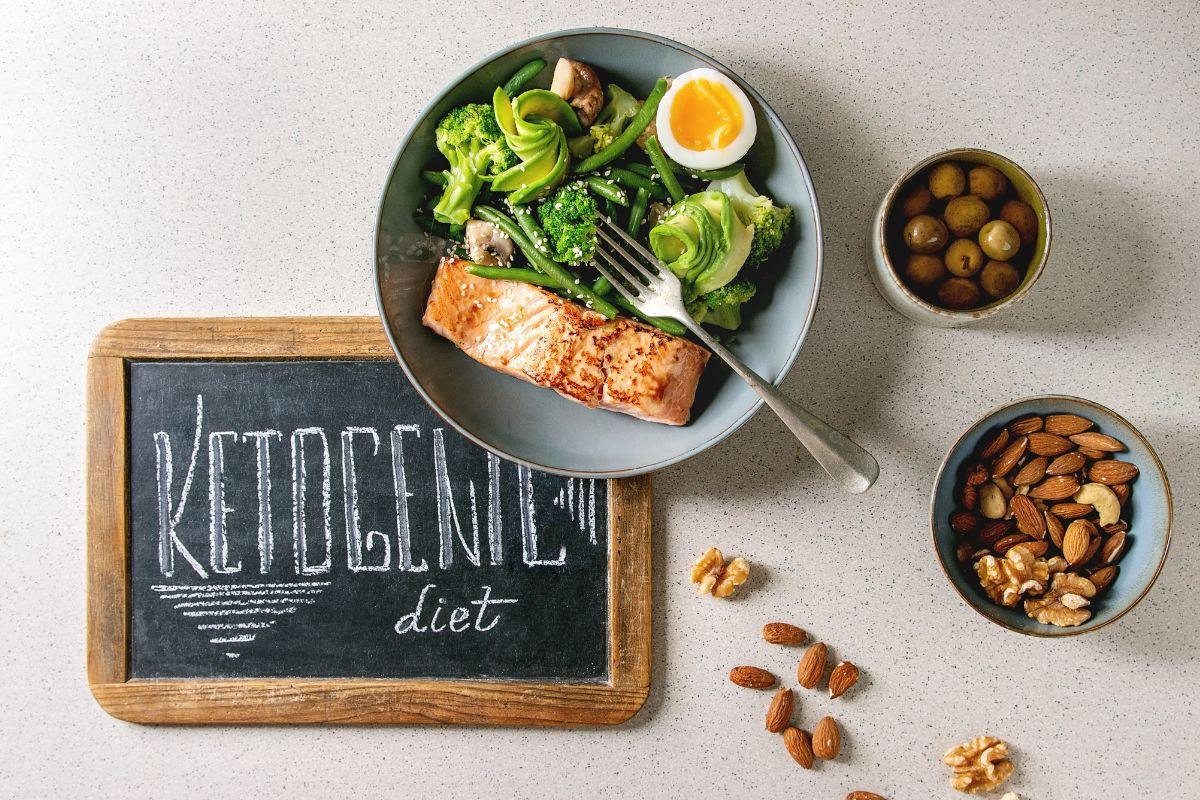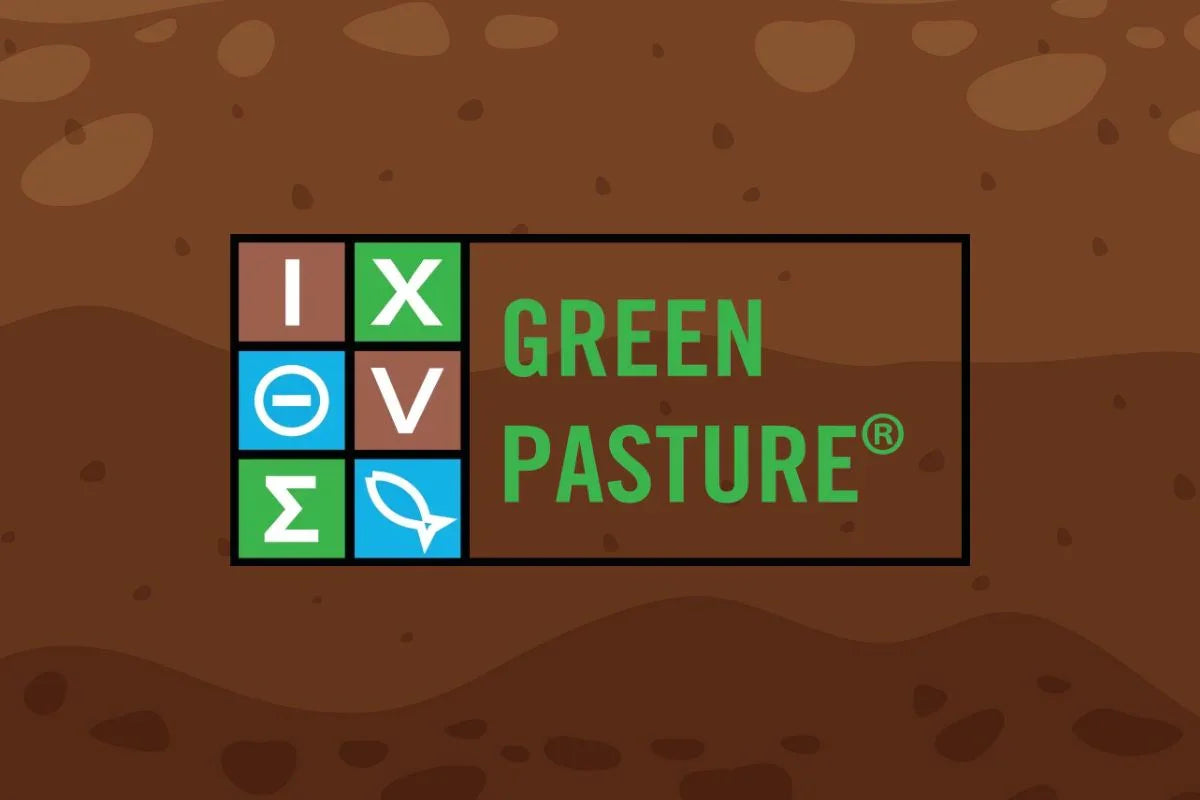
The Ketogenic Diet - More Fat for Optimal Living!
By Toine Wilke, nutrition scientist, biochemist, and seaweed expert.
Burning fat, more energy, or a medical indication … there is one diet that can be used for these different goals. You probably expect this to be a fruit-and-vegetable diet, but surprisingly, this diet consists mainly of fat.
For many people, this is a difficult shift in thinking. The “low-fat dogma” from the 1980s is so deeply rooted in our minds that the idea of eating more fat immediately creates resistance.
Unlike the recent superfood hype, this diet is not a new development. As far back as 500 BC, fasting and diets that mimic the metabolic mechanisms of fasting were used medically. The ketogenic diet is a good example.
Being in ketosis occasionally or even for longer periods seems not only to be good for humans but also makes sense from an evolutionary perspective. In the distant past, times of scarcity and seasonal fluctuations in food availability were normal. As a result, our ancestors went in and out of ketosis.
Athletes and bodybuilders discovered the benefits of a ketogenic diet in the last century. Today, the group of advocates includes biohackers such as Dave Asprey. Ketones provide more mental energy, clarity, and improved concentration.
Energy, the foundation
Every human needs energy: to walk, to think, to eat, and even to sleep. We mainly derive this energy from three groups of nutrients: proteins, carbohydrates, and fats. As long as we get enough of these, our “engine” keeps running.
Our Western diet consists largely of carbohydrates. Just look at the labels on supermarket products. Foods we eat a lot, such as bread, pasta, rice, and potatoes, contain many carbohydrates. Generally, 10–15% of our diet is protein, 20–40% is fat, and 50–70% is carbohydrates. But why not eat more fat?
The classic ketogenic diet consists of about 75% fat, 20% protein, and 5% carbohydrates. Typical “keto foods” are meat, eggs, dairy products such as cheese and yogurt, and fatty foods such as mayonnaise. This is often supplemented with low-carb vegetables like cucumber and spinach.
Another fuel: ketones as an alternative to glucose
Just as a gasoline car cannot run on diesel, our carbohydrate engine cannot burn fat. Fortunately, the body is smart enough to have a separate “engine” for each nutrient. For carbohydrates, this engine is called glycolysis, and for fats, beta-oxidation. With these different engines, the body can easily switch to another fuel when one is not sufficiently available.
In the case of a ketogenic diet, there are few carbohydrates available. This may be during or after exercise, or simply when you eat very few carbs. In this metabolic state, you automatically burn fat. The substances released are called ketones or ketone bodies. That is why a high-fat, low-carb diet is called “keto” (from ketones) “genic” (from generating).
Is a calorie a calorie?
The general notion is that a calorie is a calorie – very black-and-white and simple. But did you know that one glucose molecule produces about 38 units of ATP, while one free fatty acid produces about 129 units of ATP? That’s more than three times as much, even though fat has only about twice the caloric density: 9 calories per gram of fat versus 4 calories per gram of glucose.
Less hunger & ketogenic diet on doctor’s advice
On a ketogenic diet, calories are generally not counted, but people tend to eat less automatically. Positive changes in hormone balance and gene activation also seem to play an important role here, as does the change in nutrient types.
A ketogenic diet is also used in the medical field for various conditions. Not all mechanisms are yet fully understood, but the effects are promising to very strong. A simple change in the body’s metabolic engine can therefore have far-reaching consequences!
Stimulating ketosis
Medium-chain fatty acids, such as those found in MCT oil or coconut oil, are direct precursors of ketones. Using these fats strategically can give you a good energy boost. This is almost comparable to taking liquid glucose on a high-carb diet, but without the downsides.
New developments have also led to exogenous ketone bodies. With these, you directly ingest ketones to influence your energy balance. Various sources suggest that professional cyclists have also discovered this.
Too many ketones?
The ketones formed when burning fat enter the blood through the liver. As with any other substance (such as sugar), you can have too much in your blood. This is called ketoacidosis and actually only occurs in people with type 1 diabetes who have injected too little insulin. Normal, healthy people on a ketogenic diet almost always have healthy ketone levels – even lower than someone who has exercised intensely!
Starting the ketogenic diet
Many books have been written on this subject, sometimes specifically for athletes or particular health conditions, but broadly speaking they all agree. There are also various websites and communities with recipes, tips, and user experiences. If you want to start this diet, choose one method and study the subject thoroughly.


